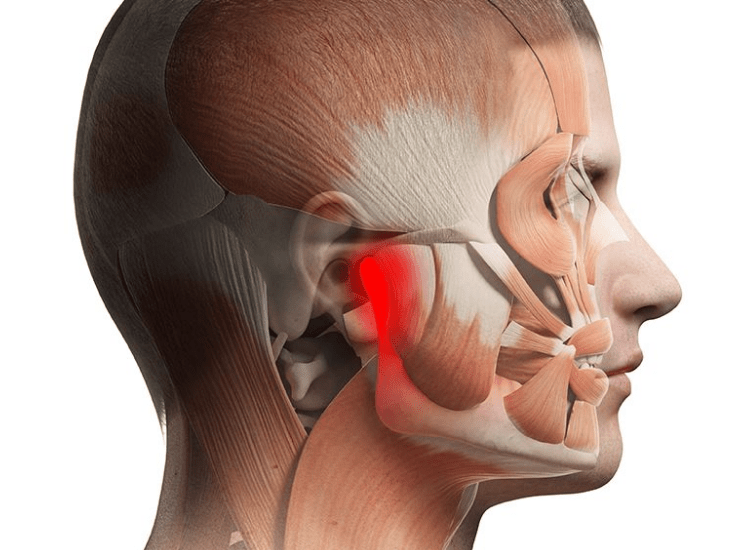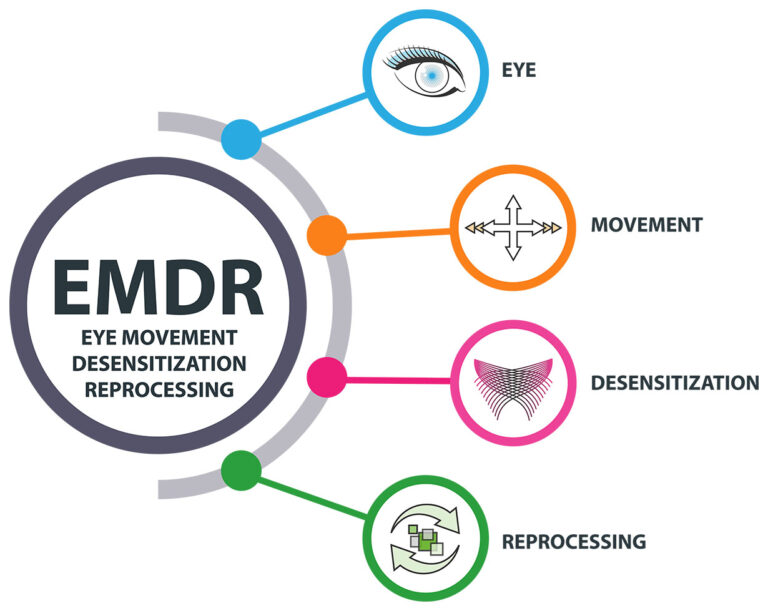A Complete Guide to Orofacial Pain and Its Treatment

Pain in the face and jaw can affect basic daily activities like speaking, chewing, or even smiling. This discomfort, often described as orofacial pain, may arise from a variety of causes ranging from dental problems to nerve disorders. Left untreated, it can severely impact quality of life, making simple actions unnecessarily painful. Understanding the condition and exploring available treatment options is essential for long-term relief.
The Importance of Orofacial Pain Treatment
Seeking professional care for orofacial pain treatment is vital because the condition is rarely limited to just the jaw or teeth. The pain can stem from muscles, nerves, joints, or even psychological stress. Specialists focus on identifying the precise cause before recommending treatment, as each patient may require a unique approach. For example, a person experiencing pain due to temporomandibular joint dysfunction will need a different strategy compared to someone dealing with nerve-related pain.
Effective treatment not only addresses the symptoms but also aims to eliminate or control the underlying cause. Without proper intervention, chronic pain can escalate, leading to complications such as difficulty eating, disrupted sleep, and even anxiety or depression.
Common Causes of Orofacial Pain
Orofacial pain is a broad term that covers various conditions. Some of the most frequent causes include:
- Temporomandibular Joint Disorders (TMD): Dysfunction of the jaw joint can cause pain, clicking, and restricted movement.
- Bruxism (Teeth Grinding): Stress or sleep-related clenching of teeth strains the muscles and joints.
- Dental Issues: Infections, cavities, and impacted teeth often lead to localized facial pain.
- Neuropathic Pain: Nerve damage, such as trigeminal neuralgia, results in sharp and recurring pain episodes.
- Post-Surgical Complications: Facial surgeries or dental extractions may occasionally trigger prolonged discomfort.
- Stress and Anxiety: Emotional tension often manifests physically through muscle tightness in the jaw and face.
Identifying the exact cause is the first and most critical step toward lasting relief.
Recognizing Symptoms of Orofacial Pain
Symptoms vary depending on the source of the problem but typically include:
- Persistent aching in the face or jaw
- Sharp, shooting nerve pain
- Muscle stiffness or spasms
- Clicking or popping sounds in the jaw
- Headaches or migraines linked to jaw movement
- Difficulty opening or closing the mouth
Because symptoms overlap with other health conditions, professional evaluation is crucial for accurate diagnosis.
Diagnostic Methods
Specialists rely on detailed assessments to pinpoint the source of orofacial pain. The diagnostic process may include:
- Medical History Review: Evaluating habits such as teeth grinding, stress levels, or prior injuries.
- Physical Examination: Checking muscle tenderness, jaw movement, and bite alignment.
- Imaging Tests: X-rays, CT scans, or MRI scans to evaluate bone, joint, and soft tissue structures.
- Neurological Assessments: Identifying potential nerve involvement in persistent pain.
These steps help ensure that treatment is targeted and effective, avoiding unnecessary interventions.
Treatment Approaches
Orofacial pain treatment typically involves a combination of therapies tailored to the individual’s needs. Common approaches include:
Non-Invasive Treatments
- Medication: Anti-inflammatories, muscle relaxants, or nerve pain medications to reduce discomfort.
- Physical Therapy: Exercises to improve jaw mobility and relieve muscle tension.
- Oral Appliances: Splints or mouthguards to prevent teeth grinding and protect the jaw.
- Stress Management: Relaxation techniques and behavioral therapy to reduce stress-induced clenching.
Interventional Treatments
- Injections: Corticosteroid or anesthetic injections to manage inflammation and pain.
- Nerve Blocks: Used for severe neuropathic pain to interrupt pain signals.
- Minimally Invasive Procedures: Arthrocentesis or joint lavage to treat TMJ-related issues.
Surgical Options
Surgery is usually reserved for complex cases where conservative treatments fail. This may involve correcting joint structure, repairing damaged tissues, or addressing nerve compression.
The Role of Early Intervention
One of the most important aspects of managing orofacial pain is timely treatment. Ignoring symptoms often leads to worsening pain and more complex conditions. Early intervention not only prevents complications but also reduces the need for invasive procedures. Specialists encourage patients to seek help at the first signs of persistent discomfort.
Psychological and Emotional Considerations
Orofacial pain can have a profound effect on mental health. Constant discomfort often leads to irritability, stress, and difficulty sleeping. Over time, this can contribute to depression or heightened anxiety. Many treatment plans include counseling, relaxation therapies, or mindfulness techniques to address the psychological burden associated with chronic pain.
Lifestyle Adjustments for Managing Orofacial Pain
Alongside professional care, patients can adopt lifestyle strategies to manage symptoms and support recovery:
- Maintain good posture to reduce strain on facial muscles.
- Avoid chewing gum and hard foods that stress the jaw.
- Apply hot or cold compresses to ease inflammation and stiffness.
- Practice gentle stretching exercises recommended by professionals.
- Stay consistent with oral appliance use, if prescribed.
- Incorporate relaxation practices such as meditation or breathing exercises.
These small yet impactful changes can significantly improve daily comfort and complement medical treatments.
Conclusion
Orofacial pain is a complex condition that extends beyond simple jaw discomfort. It can stem from various causes, including dental issues, nerve problems, or stress-related habits. The key to effective management lies in accurate diagnosis and personalized care. With the right orofacial pain treatment, patients can alleviate discomfort, restore normal function, and improve overall well-being. Early intervention, combined with professional guidance and supportive lifestyle changes, ensures the best chance for lasting relief and a healthier future.



